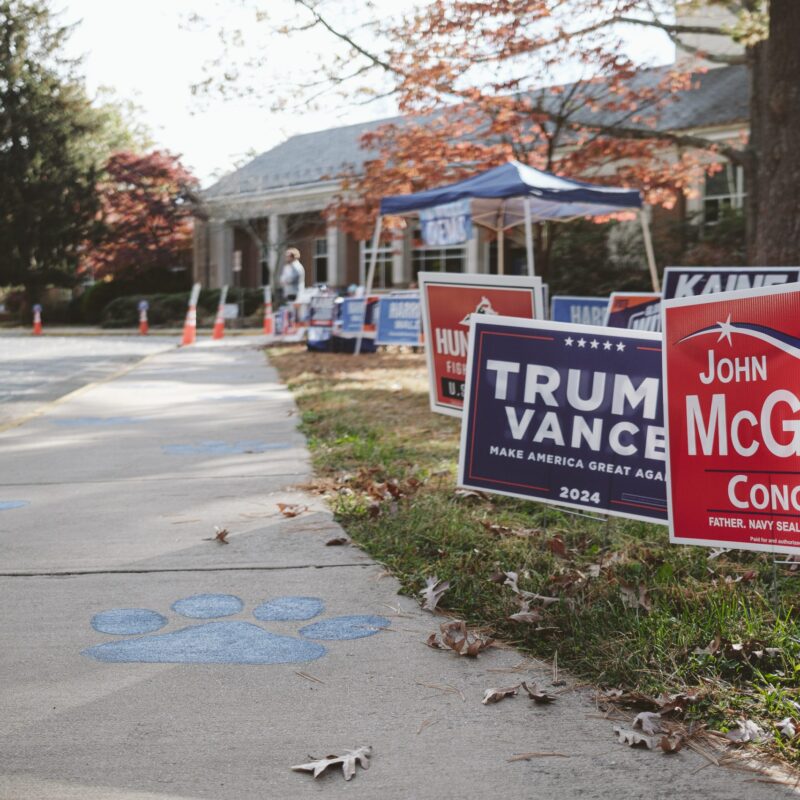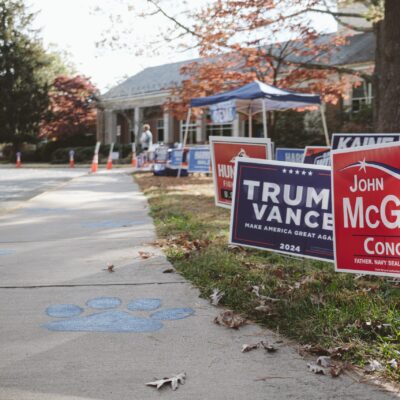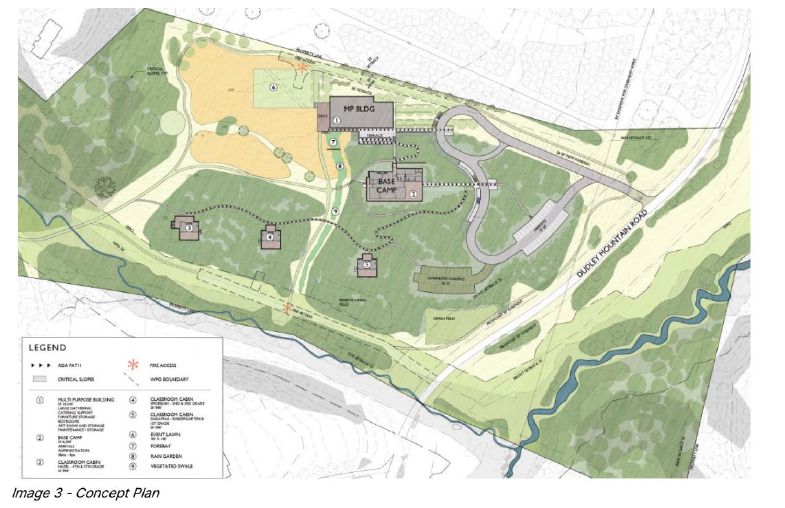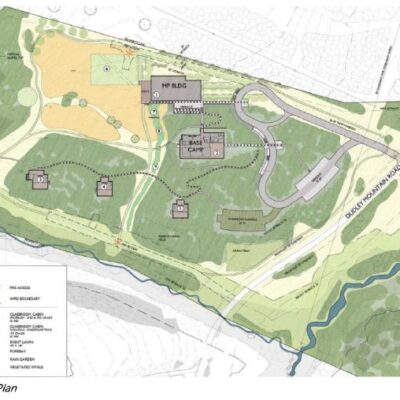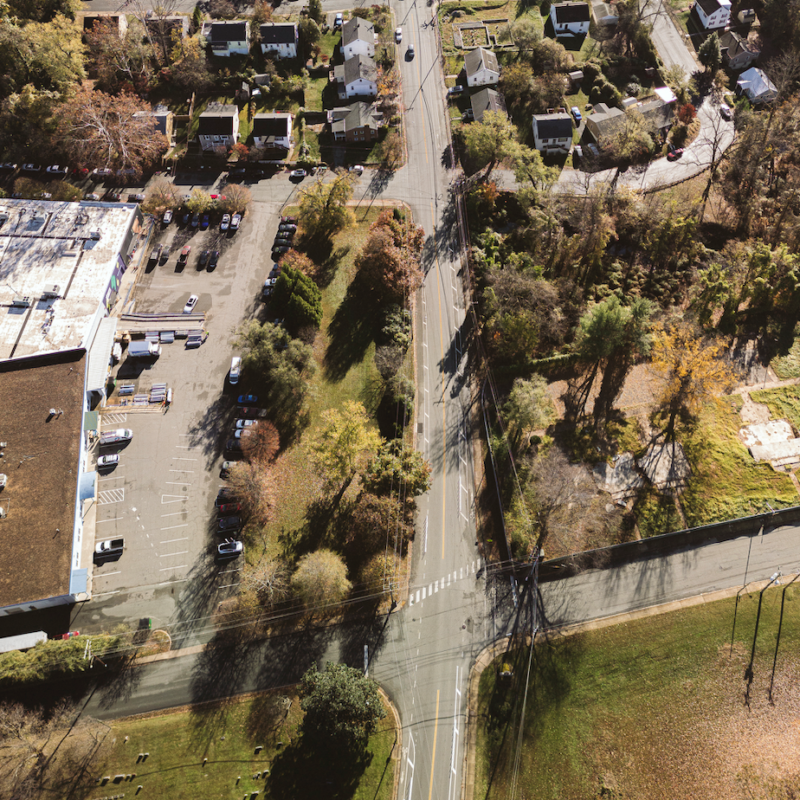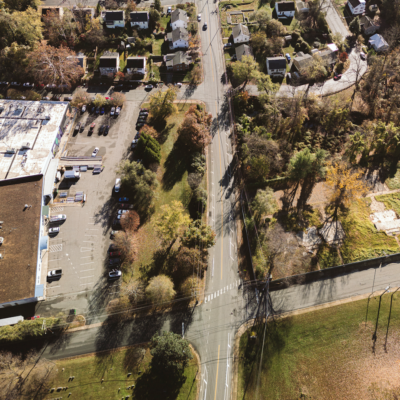People in suits, sundresses and heels are milling around three tables laden with food—salsa, chips, doughy cookies, veggies. The setting resembles someone’s vacation condo—warm brown walls, wood floors, eclectic upholstery. A copy of The Well Adult sits on the coffee table; tribal-sounding music plays on a boom-box in the background.
A front desk is at one end, with a menu posted on a dry erase board. Monday—Shrimp Scampi. Thursday—Pork BBQ. A few bedroom doors are open, revealing rooms with double beds, closets and windows that look out over lush greenery.
One guy remarks, “I’m ready to move in!”
 Mark Farrington, director of Region Ten’s new Wellness Recovery Center, takes a moment of repose in one of the center’s nine bedrooms. Here, people in crisis can receive treatment and housing for about two weeks. |
But, to move in here, you’ve got to be ready for more than a little vacation. The place is Region Ten’s new Wellness Recovery Center, and it’s meant to stabilize people who are at risk of hospitalization, homelessness or social isolation if they don’t get mental health treatment.
“The beds are full and will probably stay full,” says Mark Farrington, director of the center, located on Old Lynchburg Road. The program has been open for a couple of weeks, serving a wide region of eight community service boards that stretches across Central Virginia.
The open house has drawn mental health professionals from Region Ten and UVA, advocates from the Mental Health Association and other groups, lawmakers, and mental health consumers—people with direct experience in treatment. The opening of the Center comes at a time when, following the Virginia Tech shooting, all eyes are on the mental health system.
But Farrington and others, like Dr. Edward Kantor, a professor of psychiatric medicine at UVA, have been working on opening a wellness center since around 2000, when they determined the mental health system needed an intermediary step.
“The ideal crisis continuum doesn’t just need hospitalization and outpatient,” says Kantor. There’s a “whole array of services based on what the person’s needs are.”
Region Ten renovated the center with state funds. Most of the clients are also eligible for Medicaid, which makes up a large portion of the Center’s budget.
Still, the cozy but small program may quickly become overwhelmed with far more mental health needs than its nine beds could possibly accommodate. The Center “will take more of our time and services than the state is paying for,” Kantor says.
But, for now, the people at the open house are only hopeful. Construction paper art hints at the people who live here: A woman named Veronica has Crayola-ed quotes from both Narcotics Anonymous and The Hitchhiker’s Guide to the Galaxy on a sign for her bedroom door. It reads, “Don’t panic.”
C-VILLE welcomes news tips from readers. Send them to news@c-ville.com.
